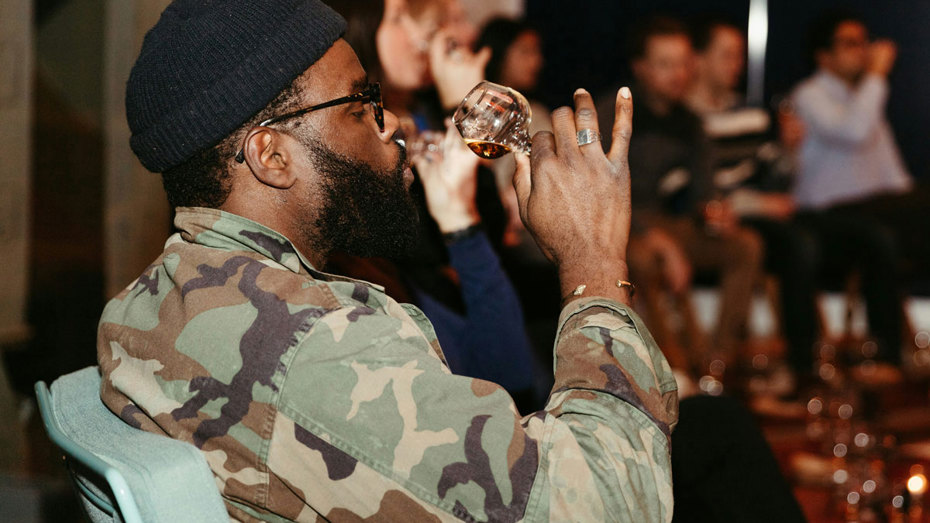Bourbon, with its rich amber hues and distinctive flavors, has always held a special place in the heart of spirit enthusiasts. But the recent surge in its popularity is unprecedented, turning what was once America’s native spirit into a global phenomenon. This renaissance didn't happen overnight, though. Several factors converged to set the stage for bourbon’s meteoric rise in the world of spirits.
The Factors
- The Craft Movement
The last two decades saw a movement where consumers started gravitating towards artisanal, handcrafted products, ranging from food to beverages. This growing appreciation for craftsmanship perfectly positioned bourbon, which epitomizes the craft spirit. Each bottle has a tale, a history of distillers perfecting their art, and the unique American aging process. As more craft distilleries opened their doors, they not only introduced new flavors but also rekindled interest in historic recipes and techniques. - The Rise of Cocktail Culture
Speakeasy-style bars began popping up in urban centers worldwide, heralding a renewed interest in classic cocktails. As mixologists delved deep into crafting unique beverages, bourbon, with its rich palate of flavors, became a favored ingredient. Cocktails like the Old Fashioned and the Whiskey Sour, which showcased bourbon's versatility, once again became staples on bar menus, introducing a new generation to the spirit. - Influential Advocates
Celebrities and influencers played a significant role in bourbon's resurgence. Stars like Matthew McConaughey collaborated with distilleries, while others like Mila Kunis became brand ambassadors. Their endorsement lent a trendy, modern image to a spirit often associated with older generations. - Global Expansion
While bourbon’s roots are deeply American, its appeal has transcended borders. Growing middle classes in countries like China and India developed a taste for fine spirits, and bourbon fit the bill perfectly. Distilleries began targeting these markets, organizing tasting events, and forging partnerships with local distributors. As a result, international sales skyrocketed, further bolstering its global image. - Evolving Consumer Palate
As wine and craft beer cultures flourished, they paved the way for a more discerning consumer—one who sought out complex flavors and was willing to experiment. Bourbon, with its layers of sweetness, smokiness, and spiciness, offered a sensory experience that resonated with this evolving palate. - Bourbon Tourism and Festivals
Kentucky, the heartland of bourbon, recognized the growing interest and responded by promoting bourbon tourism. The Kentucky Bourbon Trail, a tour of several historic distilleries, became a must-visit. This immersive experience, allowing visitors to witness the distillation process, interact with master distillers, and sample a variety of bourbons, was a hit. Bourbon festivals, celebrating the spirit with tastings, masterclasses, and music, further solidified its place in popular culture.
Conclusion
The resurgence of bourbon is a testament to a confluence of cultural, economic, and social factors. Yet, at its core, it remains a drink that tells a story—a story of American history, craftsmanship, and innovation. As global appreciation grows, bourbon stands not just as a drink of the past, but also as a spirit of the future. Whether savored neat in a quiet moment of reflection or shared in a cocktail among friends, bourbon’s allure is undeniable, and its current boom is just another chapter in its rich and storied history.

